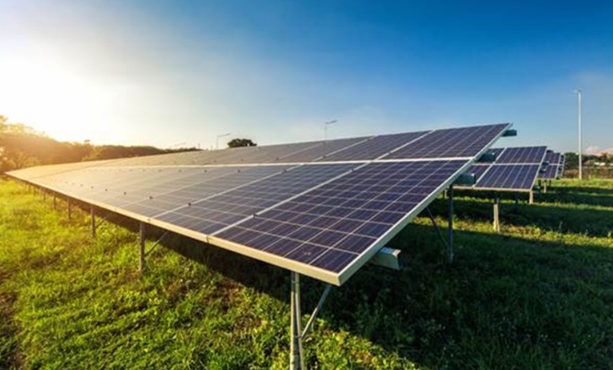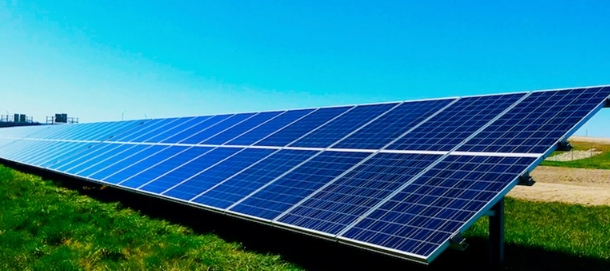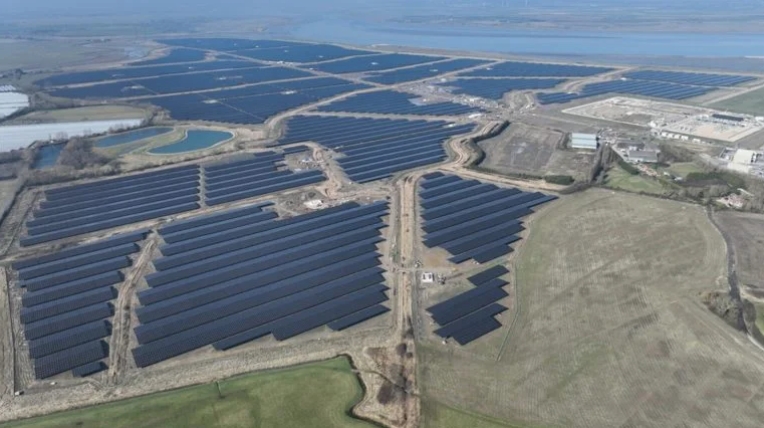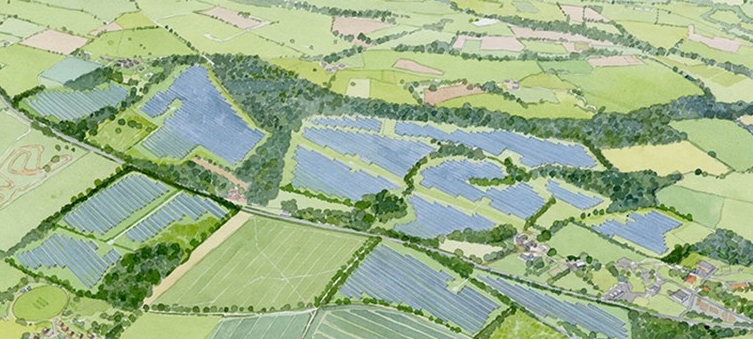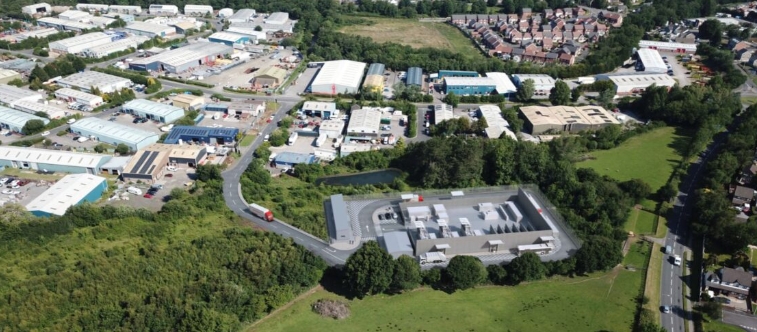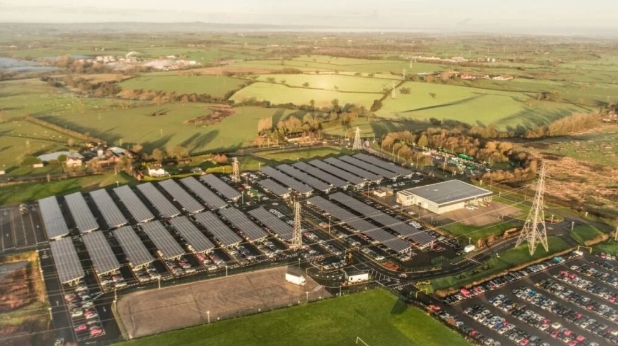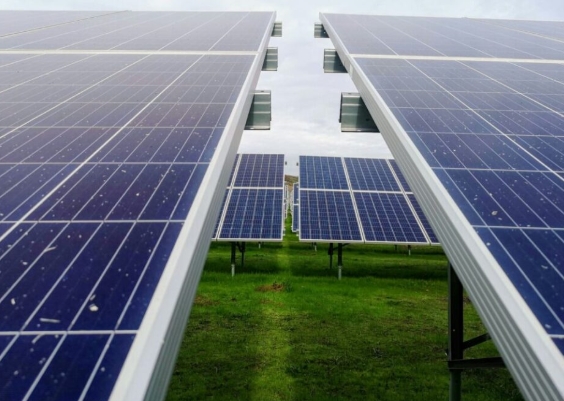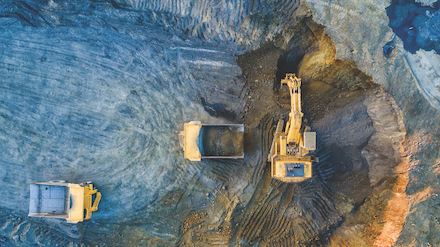
The concept of 'energy metals’ is not a new one within the energy industry, but it is a phrase that has gained public currency as the energy transition has started to take hold. Although the fossil fuel industry involved massive extraction of coal and oil, those resources were relatively widely spread and the geopolitical issues in their use – even before climate concerns came to the forefront – were about finding efficient ways of managing a vast extraction and shipping industry.
Electrification and the use of batteries, along with the shift to renewable energy generation, have raised the importance of a wide range of so-called ‘energy metals’, such as nickel, lithium and rare earths, up the political agenda. That is because although the volumes of metal extraction are orders of magnitude smaller than for fossil fuel extraction, resources are not to be found evenly across the globe. The highly concentrated extraction of key metals raises political fears of being ‘held to ransom’ by unfavourable regimes – brought to a head by sanctions placed on Russia after its invasion of Ukraine.
The result has been a surge in companies who want to explore for and extract energy metals. And alongside metals for renewables and storage, companies are more interested in uranium extraction too, aiming to supply a growing nuclear industry.
One metals company, Power Metal Resources, explained in a recent market update why the industry had been active recently. It said, “The overwhelming uncertainty and unstable conditions during the financial year provided exactly the backdrop needed for a high-quality portfolio of exploration interests to be gathered at modest cost and advanced, which is precisely what Power Metal has been able to achieve.” Another, Aura Energy, said last year it would “continue to transition from a uranium explorer to uranium producer, to capitalise on the rapidly growing demand for nuclear power as the world continues to shift towards a decarbonised energy system”.
The rise in interest in nuclear and the need to secure resources have also caused pushback to be exerted on political stances against extracting uranium. For example, a 2018 ban on exploration, mining and processing of uranium in Sweden, is under pressure after the new centre-right coalition government won support in November for a motion to revert to the pre-2018 wording of the Environmental Code and Minerals Act. That change has reportedly been supported by Ebba Busch, Minister of Energy and Enterprise, although no policy change is yet in process.
A wish to secure domestic supplies for operating reactors obviously drives exploration. Argentina is the largest generator of electricity from nuclear energy in South America, but it has no domestic uranium production. Canadian company Blue Sky carried out exploration work between 2007 and 2012 that led to the discovery of a uranium district in Rio Negro Province. Blue Sky’s parent, Grosso Group, which has operated in Argentina for decades, now owns the project, Amarillo Grande. Blue Sky hopes that if it moved into production it would have a guaranteed domestic customer, while a large-scale operation could make Argentina a strategic exporter of uranium.
Who are the other companies who have taken on the need to find ‘power metals’, including uranium?
Aura in Africa
Aura Energy is an Australia-based minerals company that has uranium and other metallic resource projects in Africa and Europe.
The company said it is focusing on its uranium business expansion, with plans for production at the Tiris Project in Mauritania, north Africa. This is a joint site for extraction of uranium and vanadium. In August 2021 Aura added 5.0 million lb of U3O8 to its assessment of the site’s uranium resource, bringing the total to 26 million lbs. In mining terms ‘resource’, refers to deposits that range from speculation to not yet commercially viable. Discoveries that are commercially recoverable using existing technology are referred to as ‘reserves’ but in February Aura announced that an enhanced feasibility study suggested uranium could be mined at a rate of 2 million lb per year and said it had a government stakeholder agreement and major permits in place for the extraction.
In an update in March, Aura Energy Managing Director Dave Woodall said the enhanced study, “confirms the strong financial case for the Tiris Uranium Project... with a relatively short time line for commercial production, the focus is now on the consideration of a final investment decision as early as Q4 2023, which would see commissioning in late 2024 for commercial production in early 2025.”
Woodall added, “What differentiates Tiris is the ore quality that allows free-dig shallow open pit mining. Aura does not require expensive drill and blast operations or capital-hungry infrastructure for crushing and screening. Following simple scrubbing and screening the project will have a leach feed grade of >2,000 ppm U3O8 resulting in a downsizing of the leaching circuit that drives competitive operating costs and creates a competitive advantage for Aura Energy in a strengthening uranium market.” He said the project could deliver a ‘life of mine’ production of 25.5 million lbs of U3O8.
Thor in the USA
Until a few years ago Thor Energy was “not anything to do with uranium mining”, Mark McGeough, non-executive director, said in a presentation last year. Since the early 2000s it has been working in Australia to extract other metals. But now it describes itself as an “exploration company with a focus on uranium and energy metals that are crucial in the shift to a ‘green’ energy economy”. It has prospects for nickel, copper, lithium and gold in both Australia and the USA, but its uranium prospects are in the USA where it says demand is driven by a US desire for security of supply.
Thor became involved in uranium some 2.5 years ago because most of the company’s directors have experience in uranium extraction. McGeough pointed out that at present there is “virtually no production of uranium in the USA” but there were some “clear reasons” why the country should have domestic mining – not least because it is the largest consumer of uranium in the world. The USA takes around 28% of the global total.
Thor Energy already owns three uranium projects in the USA, two in Colorado (Wedding Bell and Radium Mountain) and one in Utah (Vanadium King) which it notes are historically areas rich in uranium, as part of the Uravan mineral belt. This was the original source of uranium in the USA and the area has previously provided 85 million lb of U3O8 to the US industry. McGeough said there was a positive attitude towards uranium mining in the region and some areas with strong potential for uranium had not been drilled in the past because the US Department of Energy had reserved it.
In a market presentation in March this year Thor Energy said initial drilling has confirmed uranium mineralisation at shallow depth and the next phase of drilling is being prepared. The company is planning to get the results of scoping studies at the sites in early 2025 and begin pre- feasibility financing in the second half of that year.
Focus on Canada
Canada has been a key uranium supplier for many years and continues to be so – a position that has put it at the heart of extraction for expanding companies.
For example, in October 2022 Power Metal Resources acquired new uranium project interests in Saskatchewan, Canada, which it said “reflected the company’s view that the uranium commodity is to experience a renaissance due to global expansion of nuclear power generation”. It is not alone: the company said the acquisition, Badger Lake Uranium Property in the Athabasca Basin, “is surrounded by claims held by uranium focused companies including Orano SA, Hathor Exploration and NexGen Energy Ltd”.
Power Metal originally built its Saskatchewan portfolio in 2021 and the initial group of seven uranium-focused properties was expanded several times in 2022, first via the acquisition of the Reindeer Lake, Porter Lake and Old Woman Rapids from an established prospector. (The company also acquired the Selta Project, which is targeting uranium and rare earth elements in the Northern Territory of Australia.) Power Metal disposed of one property (Reitenbach) to Teathers Financial in October and another (E-12) to the same company in November. Teathers will itself be renamed as Uranium Energy Exploration and stock exchange listed in London.
In January, Power Metal raised £900,000 (US$1.12 bn) in new financing and one target for that investment is expected to be more exploration in the Athabasca Basin region uranium properties.
The company has interests in a wide variety of metals but says its next acquisitions will be focused on opportunities in uranium and lithium. Chief executive Paul Johnson said in October 2022, “we have been particularly active in the development of our Athabasca properties, furthering ground exploration and analysis, expanding the key Tait Hill property and securing a new property, Badger Lake. We view the uranium portfolio of Power Metal to be a key part of our company, seeing us uniquely well positioned for what we expect to be a significant increase in the level of interest in junior resource companies offering uranium exposure.” He added that shareholders can expect more developments from Power Metal’s current and potential future uranium interests into 2023.
In March 2023, the company went further, saying in a market update that the Canadian acquisitions reflect “the company’s view that the uranium commodity is to experience a renaissance due to global expansion of nuclear power generation”.
Athabasca and onwards
At least half a dozen other companies are involved in exploration around the Athabasca area.
Stallion Discoveries is among the newest entrants, after acquiring two smaller companies. It acquired Hathor Exploration at the beginning of the year, having already bought U92 Exploration, which had six claims. Stallion’s footprint in the basin is 78,831 hectares and chief executive Drew Zimmerman said, “We are excited to be acquiring projects in this region of the Athabasca Basin, which is poised to become the next major area for new uranium operations in northern Saskatchewan. Given the extreme proximity of these claims to recent high-grade discoveries we see tremendous potential in creating value for all stakeholders by deploying the exploration techniques being utilised to the area.”
Zimmerman said the company plans to start a work programme on the newly acquired claims in the first quarter of this year. Stallion also plans to change its name to Stallion Discoveries Corp. to better reflect its focus as a large-scale, multi-resource project explorer.
NexGen Energy is a Canadian company headquartered in Vancouver, British Columbia, with its primary operations office in Saskatoon, Saskatchewan. It said its Rook I Project – Arrow – has resources of 239 million lb, which is being developed into the “largest low cost producing uranium mine globally”.
NexGen describes uranium as the “best source of clean, dense energy to decarbonize the world”. It suggested that uranium was strategic asset that will restore Canada as a global leader in the delivery of clean-energy fuel. But it said the supply deficit is widening, with growing global needs for uranium and a lack of near-term projects. There had been “extreme under-investment in uranium sector for over 10 years [and] no incentive provided to explore, develop, permit, construct or operate.” Mines have been depleted in recent years resulting in even fewer remedies to growing demand and since 2016, when uranium mines started to close, global inventories have been depleted.
It said the average all-in ‘economic’ cost of the industry requires a more than 50% rise in prices. But new supply cannot respond quickly, no matter what the uranium price. It estimates that the annual supply deficit to be up to three times NexGen’s average annual volume by 2030 and 10 times NexGen’s volume by 2040 – resulting in “sustainably high uranium prices”.
The company’s Arrow deposit is “conducive to conventional low-cost bulk mining methods, it said.
Priorities for 2023 include submitting provincial and federal final environmental impact statements, completing front end engineering designs, initiation of pre-completion works, completing final licensing and ordering items with a long lead time.
The US may not have large-scale current uranium extraction but Uranium Energy Crop (UEC) has eleven projects at various stages of development across Texas, New Mexico, Arizona and Wyoming, as well as in Paraguay. In Athabasca it is in joint venture with Orano at Shea Creek, which has a resource of 95 million lb. Orano is also holding a decommissioned mine nearby at Cluff Lake.
Across the world
Canada’s history of uranium exploitation has also made it a starting point for companies looking for this energy metal across the world.
African Energy Metals is a natural resource company focused on the acquisition, exploration and development of copper, cobalt and lithium mineral properties in the DRC, as well as uranium, describing these as “key exploration projects with exposure to the metals that are key to the electrification of tomorrow’s global economy”. In DRC, the Manono area has potential for discovery of lithium, tin, tantalum and rare earths. In Mali, the Falea property has a large uranium deposit as well as significant copper and silver resources. The region is well known to the uranium industry: the site is just 80 km to the east of Orano’s Saraya East uranium deposit in Senegal (Orano was previously known as Areva).
African Energy Metals acquired a stake in three uranium exploration licences for this project last year. Now the company is completing a $2.5 mn fundraising Stephen Barley, executive chairman of African Energy Metals, commented: “We are excited to become involved in the Falea project. It is a polymetallic project with a significant uranium resource.”
Myriad Uranium Corp. is a Canadian mineral exploration company with an interest in Millen Mountain in Nova Scotia. Overseas, it has an option in uranium exploration licences in the Tim Mersoi¨ Basin, in Niger. Myriad chief executive Thomas Lamb said, “Our goal is to be one of the world’s most successful uranium explorers”. He added, “Myriad’s Agebout licence, formerly held by Orano’s predecessor Areva, is just a few kilometres north of Africa’s largest uranium deposit, Imouraren, and on the same structure, the Arlit Fault.” Niger has been providing the US with uranium supplies since 2007 and Myriad said it could “soon be the world’s second largest uranium producer”.
In a 2023 review of mining markets, Forbes magazine picked uranium as one of its key opportunities. One commentator said, “In the 14 years I’ve been investing in the resource space I’ve never seen such bullish fundamentals for uranium.” They added, “Geopolitical events, coupled with the best supply/demand fundamentals I’ve ever seen should propel ‘best in class’ companies like UEC to new all-time highs, making investors that position correctly a lot of money”.
The Forbes message was “2023 will be a breakout year for uranium and uranium equities”. Indications from the companies we have highlighted bear that out: all want to make significant progress this year to meet the needs of existing and new uranium customers for secure supply.
